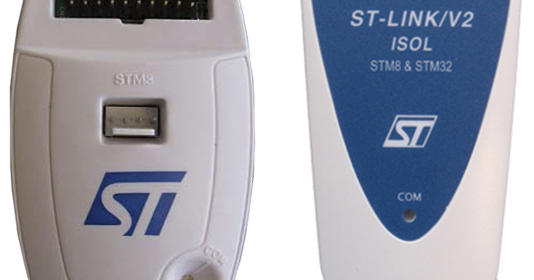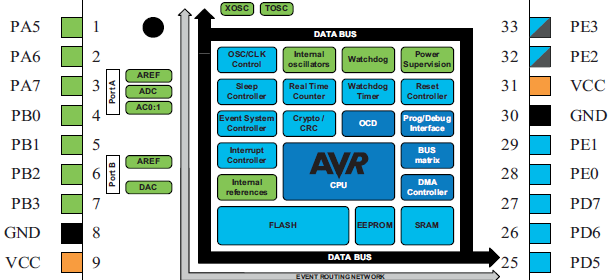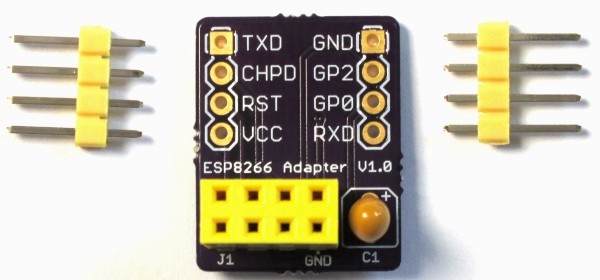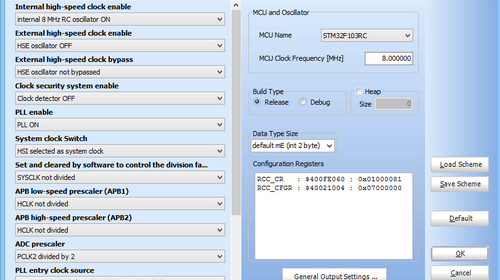ATXMega Primer

The XMega series is a powerful addition to the existing arsenal of Atmel’s AVR-core micros. As much as I have personally studied about it so far and felt, the XMega series incorporates many features of conventional 32-bit ARM micros like alternate I/O pin mapping functionalities, sophisticated clock options and data buses, multiple communication platforms that have several uses, variety of capture-PWM options, 12-bit ADCs and DACs, DMA controller, USB hardware, etc. with the good old AVR core. Thus you get one hell of an 8/16 bit MCU that can fulfil your wildest micro desires. In terms of unit cost, resources
Read more


